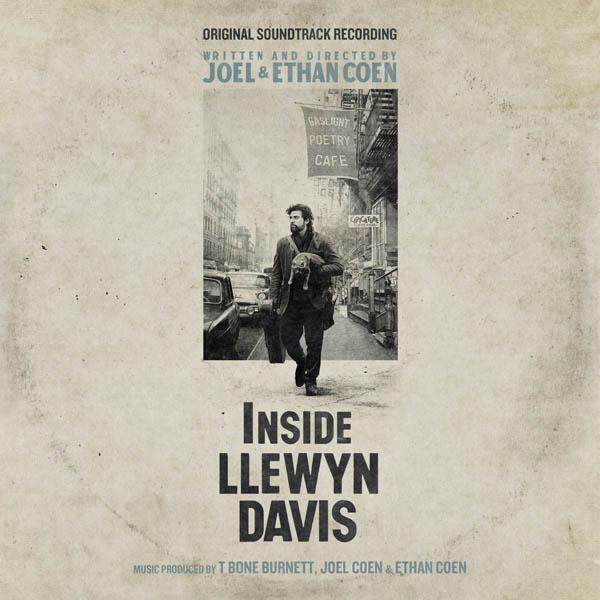| Columns Retired Columns & Blogs |
...becasue I was expecting the Van Ronk that this wasn't, or I was genuinely bored.

Given all that, Inside Llewyn Davis, may also be the most powerful Coen Brothers film yet. Easy to dislike, the title character played by Oscar Isaac is a frustrated 60’s folksinger/searcher who is volatile, irresponsible and ultimately a failure; yet he effectively draws you into another of the Coens' otherworldly environments where what’s happening inside of characters often informs the physical world around them. In this case, that means endless chaos and struggle, made harder by poor decisions and selfish mistakes. Only in a Coen Brothers film could scenes with cats become the most poignant and sad moments in an otherwise downcast film. As it was with Fargo’s slightly surreal Twin Cities, the Washington Square milieu of Inside Llewyn Davis feels like an LP played at an uncertain speed; still real but just a tick off being firmly in this dimension. Filmed in a stark palette of grays and dark greens, this is not the big exuberant live action cartoon that O’ Brother, Where Art Thou was. And the soundtrack, another product of the Americana–leaning ears and refined sensibilities of T–Bone Burnett, mixes bruised if not bleeding chunks of Mahler, Chopin and Mozart (whose Requiem is today’s all–purpose source of gravitas for film music directors) with traditional tunes like “Hang Me, Oh Hang Me” and folk standards like Ewan MacColl’s “Shoals of Herring.” Doleful is the dominating vibe—there’s nothing as catchy or upbeat as “Man of Constant Sorrow,” here. Cross–promoting soundtrack album and film to benefit the other will be a stretch this time out. Lightning, in this case, will not strike twice.
In all fairness, as a Gotham dweller who writes about music, this film’s dark powers roused me more than most. In some ways—and I won’t spoil a near–the–end surprise—it is a snapshot of the Greenwich Village folk scene of the early Sixties. The Bud Grossman character played by F. Murray Abraham is clearly based on Dylan manager Albert Grossman. The record producer, Mr. Cromartie, played by Ian Jarvis, who sways in the control room during a recording session, has the unmistakable chiseled visage of John Hammond. And then there’s the scene where Oscar Isaac’s Davis visits the mute, ailing father who’s being warehoused in a sad, concrete block institution, and who despite difficulties is still his mentor—all of it an obvious echo of Dylan visiting Woody Guthrie at one of the New York area mental hospitals he was confined in from 1956 onwards.
A character who elicits little sympathy early in the film, Isaac’s performance gathers a puzzling, directionless energy that keeps you watching a tale that in some ways, you come to suspect, follows Davis’ dictum about folk music which is, “never new and never gets old.”

...becasue I was expecting the Van Ronk that this wasn't, or I was genuinely bored.